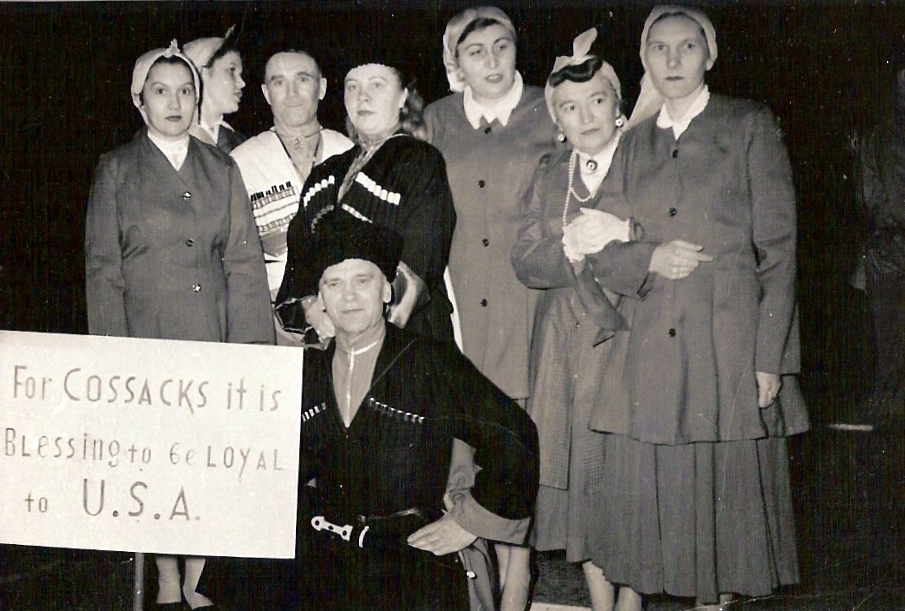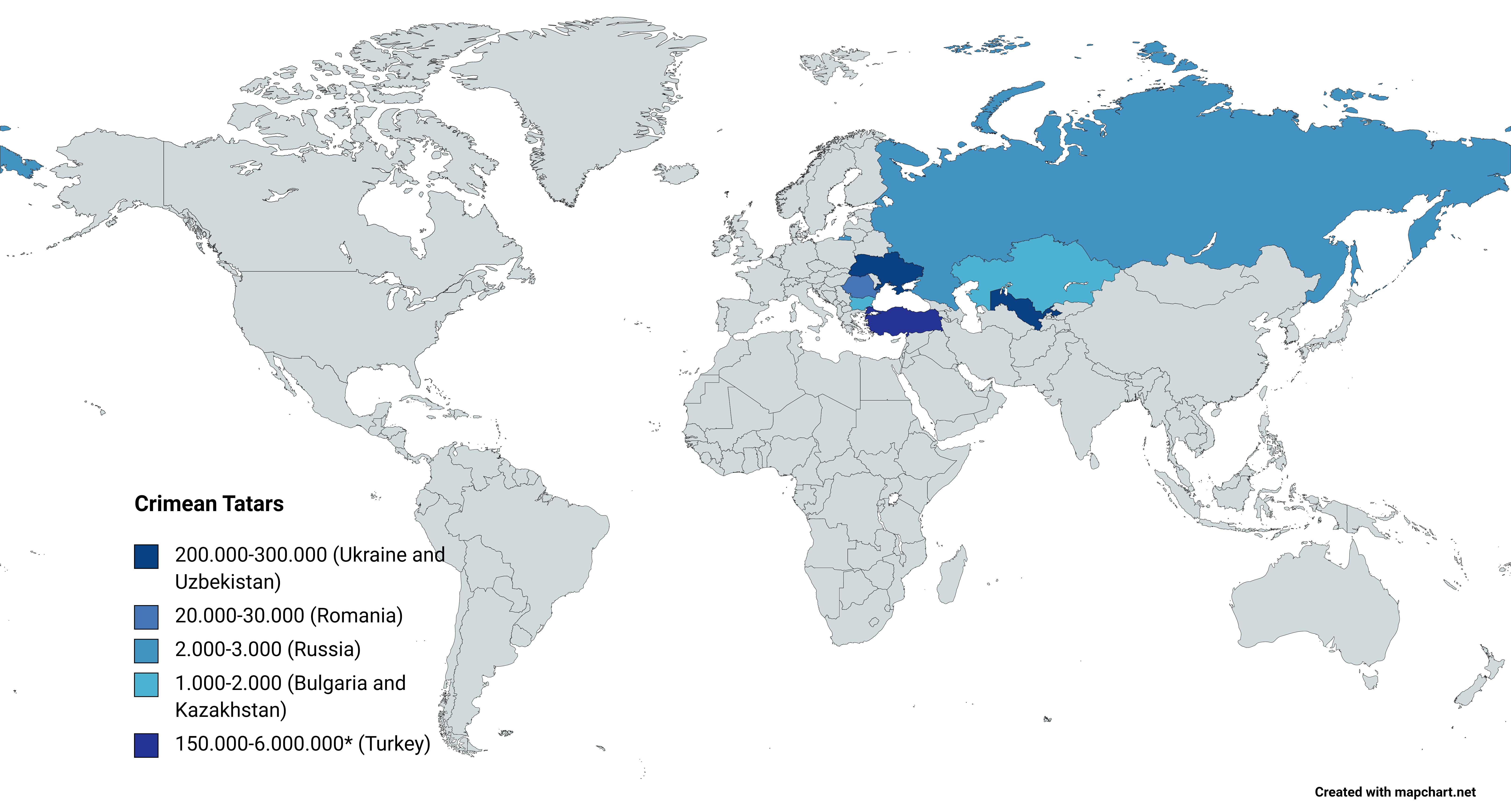|
Filon Dzhelaliy
Filon Dzhelaliy, also known as Dzhulaibek, was a Cossack colonel of Crimean Tatar descentКоваленко Сергій. Джалалий Филон//Україна під булавою Богдана Хмельницького. Енциклопедія у 3-х томах. Том 2. - Київ: Видавництво "Стікс", 2008 who served during the Khmelnytsky Uprising of 1648–1657. He was a close associate of Bohdan Khmelnytsky and originally served in the Pereiaslav Cossack Regiment. In April 1648, together with B.Tovpigoy, a centurion of the Cherkasy regiment, he led an uprising of registered Cossacks at Kamiana Zavod. In 1648, he was appointed colonel of the Kropyvniansky ( Ichniansky) regiment. He took part in several battles, including the Battle of Zhovti Vody in 1648; the Battle of Korsun; the Battle of Pyliavtsi in 1648; and the Battle of Zboriv in 1649. He also took part in important diplomatic missions to Turkey. In October–November 1648, Dzhulaibek led ... [...More Info...] [...Related Items...] OR: [Wikipedia] [Google] [Baidu] |
Cossack
The Cossacks , es, cosaco , et, Kasakad, cazacii , fi, Kasakat, cazacii , french: cosaques , hu, kozákok, cazacii , it, cosacchi , orv, коза́ки, pl, Kozacy , pt, cossacos , ro, cazaci , russian: казаки́ or , sk, kozáci , uk, козаки́ are a predominantly East Slavic Orthodox Christian people originating in the Pontic–Caspian steppe of Ukraine and southern Russia. Historically, they were a semi-nomadic and semi-militarized people, who, while under the nominal suzerainty of various Eastern European states at the time, were allowed a great degree of self-governance in exchange for military service. Although numerous linguistic and religious groups came together to form the Cossacks, most of them coalesced and became East Slavic-speaking Orthodox Christians. The Cossacks were particularly noted for holding democratic traditions. The rulers of the Polish-Lithuanian Commonwealth and Russian Empire endowed Cossacks with certain ... [...More Info...] [...Related Items...] OR: [Wikipedia] [Google] [Baidu] |
Crimean Tatars
, flag = Flag of the Crimean Tatar people.svg , flag_caption = Flag of Crimean Tatars , image = Love, Peace, Traditions.jpg , caption = Crimean Tatars in traditional clothing in front of the Khan's Palace , poptime = , popplace = , region1 = , pop1 = 3,500,000 6,000,000 , ref1 = , region2 = * , pop2 = 248,193 , ref2 = , region3 = , pop3 = 239,000 , ref3 = , region4 = , pop4 = 24,137 , ref4 = , region5 = , pop5 = 2,449 , ref5 = , region7 = , pop7 = 1,803 , ref7 = , region8 = , pop8 = 1,532 , ref8 = , region9 = *() , pop9 = 7,000(500–1,000) , ref9 = , region10 = Total , pop10 = 4.024.114 (or 6.524.1 ... [...More Info...] [...Related Items...] OR: [Wikipedia] [Google] [Baidu] |
Khmelnytsky Uprising
The Khmelnytsky Uprising,; in Ukraine known as Khmelʹnychchyna or uk, повстання Богдана Хмельницького; lt, Chmelnickio sukilimas; Belarusian: Паўстанне Багдана Хмяльніцкага; russian: восстание Богдана Хмельницкого also known as the Cossack–Polish War, the Chmielnicki Uprising, the Khmelnytsky massacre or the Khmelnytsky insurrection, was a Cossack rebellion that took place between 1648 and 1657 in the eastern territories of the Polish–Lithuanian Commonwealth, which led to the creation of a Cossack Hetmanate in Ukraine. Under the command of Hetman Bohdan Khmelnytsky, the Zaporozhian Cossacks, allied with the Crimean Tatars and local Ukrainian peasantry, fought against Polish domination and Commonwealth forces. The insurgency was accompanied by mass atrocities committed by Cossacks against the civilian population, especially against the Roman Catholic clergy and the Jews, as well as savag ... [...More Info...] [...Related Items...] OR: [Wikipedia] [Google] [Baidu] |
Bohdan Khmelnytsky
Bohdan Zynovii Mykhailovych Khmelnytskyi ( Ruthenian: Ѕѣнові Богданъ Хмелнiцкiи; modern ua, Богдан Зиновій Михайлович Хмельницький; 6 August 1657) was a Ukrainian military commander and Hetman of the Zaporozhian Host, which was then under the suzerainty of the Polish–Lithuanian Commonwealth. He led an uprising against the Commonwealth and its magnates (1648–1654) that resulted in the creation of an independent Ukrainian Cossack state. In 1654, he concluded the Treaty of Pereyaslav with the Russian Tsar and allied the Cossack Hetmanate with Tsardom of Russia, thus placing central Ukraine under Russian protection. During the uprising the Cossacks lead massacre of thousands of Jewish people during 1648–1649 as one of the more traumatic events in the history of the Jews in Ukraine and Ukrainian Nationalism. Early life Although there is no definite proof of the date of Khmelnytsky's birth, Russian historian Myk ... [...More Info...] [...Related Items...] OR: [Wikipedia] [Google] [Baidu] |
Pereiaslav
Pereiaslav ( uk, Перея́слав, translit=Pereiaslav, yi, פּרעיאַסלעוו, Periyoslov) is a historical city in the Boryspil Raion, Kyiv Oblast (province) of central Ukraine, located near the confluence of Alta and Trubizh rivers some south of the nation's capital Kyiv. From 1943 until 2019 the city name was Pereiaslav-Khmelnytskyi (or ''Pereyaslav-Khmelnytskyy''; uk, Перея́слав-Хмельни́цький).Rada renamed Pereyaslav-Khmelnitsky (30 October 2019 [...More Info...] [...Related Items...] OR: [Wikipedia] [Google] [Baidu] |
Ichnia Raion
Ichnia Raion ( uk, Ічнянський район) was a raion (district) of Chernihiv Oblast, northern Ukraine. Its administrative centre was located at the city of Ichnia. The raion was abolished on 18 July 2020 as part of the administrative reform of Ukraine, which reduced the number of raions of Chernihiv Oblast to five. The area of Ichnia Raion was merged into Pryluky Raion. The last estimate of the raion population was At the time of disestablishment, the raion consisted of two hromadas: * Ichnia urban hromada with the administration in Ichnia; * Parafiivka settlement hromada with the administration in the urban-type settlement Urban-type settlementrussian: посёлок городско́го ти́па, translit=posyolok gorodskogo tipa, abbreviated: russian: п.г.т., translit=p.g.t.; ua, селище міського типу, translit=selyshche mis'koho typu, ab ... of Parafiivka. References {{authority control Former raions of Chernihiv Oblast 1923 e ... [...More Info...] [...Related Items...] OR: [Wikipedia] [Google] [Baidu] |
Battle Of Korsuń
Battle of Korsuń ( uk, Корсунь, pl, Korsuń), (May 26, 1648) was the second significant battle of the Khmelnytsky Uprising. Near the site of the present-day city of Korsun-Shevchenkivskyi in central Ukraine, a numerically superior force of Cossacks and Crimean Tatars under the command of Hetman Bohdan Khmelnytsky and Tugay Bey attacked and defeated Polish–Lithuanian Commonwealth forces under the command of Hetmans Mikołaj Potocki and Marcin Kalinowski. As in the previous battle at Zhovti Vody, the outmanned Commonwealth forces took a defensive position, retreated, and were thoroughly routed by the opposing force. Before the battle On May 16, 1648, Bohdan Khmelnytsky's forces overwhelmed and defeated Commonwealth forces under the command of Stefan Potocki at the Battle of Zhovti Vody. Stefan's father, Grand Crown Hetman Mikołaj Potocki, was unable to send reinforcements in time to relieve him; however, with the number of defections from the force that was sent ... [...More Info...] [...Related Items...] OR: [Wikipedia] [Google] [Baidu] |
Battle Of Pyliavtsi
Battle of Pyliavtsi ( uk, Пилявцi; pl, Piławce); 23 September 1648) was the third significant battle of the Khmelnytsky Uprising. Near the site of the present-day village of Pyliava, which at that time belonged to the Kingdom of Poland, and now lies in central-western Ukraine, Polish–Lithuanian Commonwealth forces met a numerically superior force of Ukrainian Cossacks and Crimean Tatars under the command of Bohdan Khmelnytsky and Tugay Bey. The Commonwealth forces were dealt a third consecutive defeat. Before the battle At the beginning of the Khmelnytsky uprising in the early months of 1648, Polish forces tried to suppress it but suffered two defeats at the battle of Zhovti Vody and Korsun. This was followed by the death of king Władysław IV on 20 May N.S. and Chancellor Jerzy Ossolinski called for a congress of notables in Warsaw on 9 June, at which Zaslawski, Ostrorog and Koniecpolski were designated provisional commanders, and Adam Kisiel was instructed to enter ... [...More Info...] [...Related Items...] OR: [Wikipedia] [Google] [Baidu] |
Battle Of Zboriv (1649)
The Battle of Zboriv ( pl, Bitwa pod Zborowem, uk, Зборівська битва), during the Khmelnytsky Uprising, was fought near the vicinity of Zborów (village of :uk:Млинівці (Зборівський район), Mlynivtsi, Ukraine) on the Strypa River, and near the Siege of Zbarazh. The battle was fought between the combined Cossacks, Cossack-Crimean khanate, Crimean force and the Crown of the Polish Kingdom, Crown army of the Polish–Lithuanian Commonwealth. King John II Casimir Vasa and the main Polish army left Warsaw on 23 June and had made it to Toporiv in the final days of July when Mikolaj Skrzetuski (called Jan Skrzetuski in Henryk Sienkiewicz's ''With fire and Sword'') informed the king of the desperate situation at Zbarazh.Hrushevsky, M., 2002, History of Ukraine-Rus, Volume Eight, The Cossack Age, 1626-1650, Edmonton: Canadian Institute of Ukrainian Studies Press, The king made it to within a half-mile of Zboriv on 13 August. Battle On August 9, ... [...More Info...] [...Related Items...] OR: [Wikipedia] [Google] [Baidu] |
Ottoman Empire
The Ottoman Empire, * ; is an archaic version. The definite article forms and were synonymous * and el, Оθωμανική Αυτοκρατορία, Othōmanikē Avtokratoria, label=none * info page on book at Martin Luther University) // CITED: p. 36 (PDF p. 38/338) also known as the Turkish Empire, was an empire that controlled much of Southeast Europe, Western Asia, and North Africa, Northern Africa between the 14th and early 20th centuries. It was founded at the end of the 13th century in northwestern Anatolia in the town of Söğüt (modern-day Bilecik Province) by the Turkoman (ethnonym), Turkoman tribal leader Osman I. After 1354, the Ottomans crossed into Europe and, with the Ottoman wars in Europe, conquest of the Balkans, the Ottoman Anatolian beyliks, beylik was transformed into a transcontinental empire. The Ottomans ended the Byzantine Empire with the Fall of Constantinople, conquest of Constantinople in 1453 by Mehmed the Conqueror. Under the reign of Sule ... [...More Info...] [...Related Items...] OR: [Wikipedia] [Google] [Baidu] |
Battle Of Berestechko
The Battle of Berestechko ( pl, Bitwa pod Beresteczkiem; uk, Берестецька битва, Битва під Берестечком) was fought between the Ukrainian Cossacks, led by Hetman Bohdan Khmelnytsky, aided by their Crimean Tatar allies, and a Polish army under King John II Casimir. It was a battle of a Cossack rebellion in Ukraine that took place in the years 1648–1657 after the expiration of a two-year truce. Fought from 28 to 30 June 1651, the battle took place in the province of Volhynia, on the hilly plain south of the Styr River. The Polish camp was on the river opposite Berestechko and faced south, towards the Cossack army about two kilometers away, whose right flank was against the River Pliashivka (Pliashova) and the Tatar army on their left flank. It is considered to have been among the largest European land battles of the 17th century. Armies The number of Polish troops is uncertain. One of the senior Polish commanders, Duke Bogusław Radziw ... [...More Info...] [...Related Items...] OR: [Wikipedia] [Google] [Baidu] |





